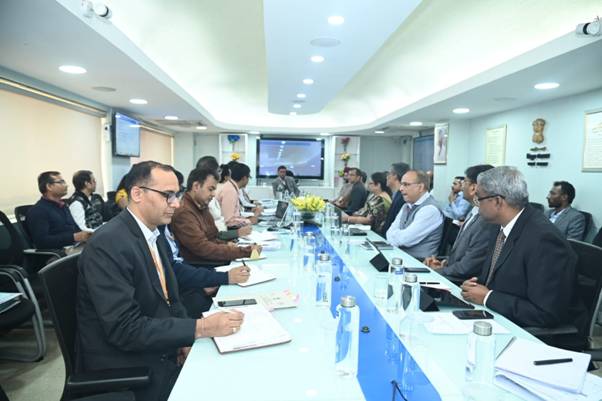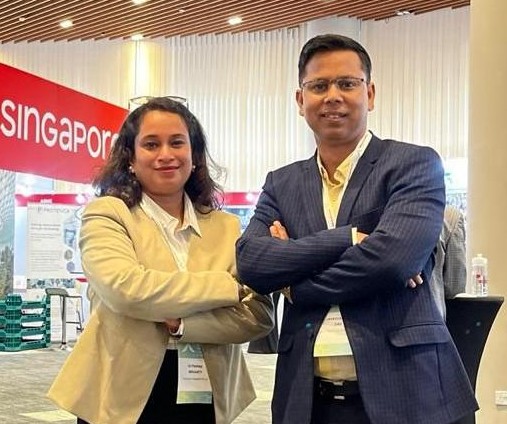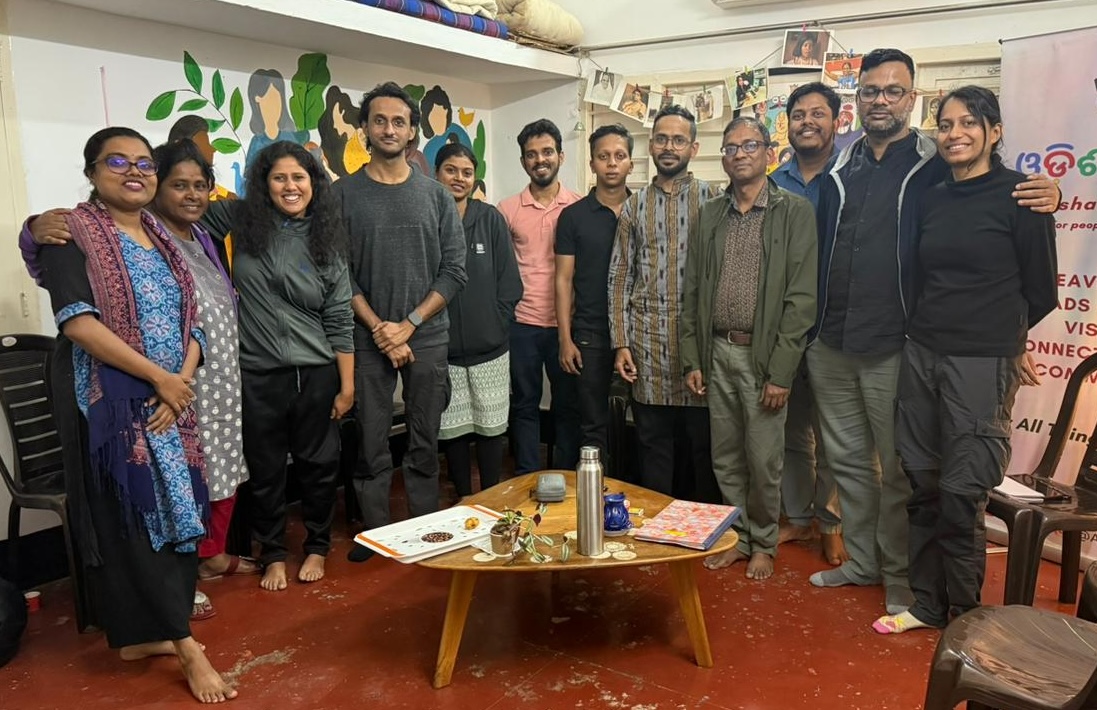New Delhi: The Union Minister for Power and New & Renewable Energy, RK Singh, chaired a crucial meeting in New Delhi on February 22, 2024, to solidify the framework for operationalizing the Viability Gap Funding (VGF) scheme dedicated to the development of Battery Energy Storage Systems (BESS) with a capacity of 4,000 Megawatt-Hours (MWh). Senior officials from key entities including the Ministry of Power, Ministry of New & Renewable Energy, Central Electricity Authority, Solar Energy Corporation of India, Grid India, and NTPC Vidyut Vyapar Nigam Ltd. (NVVN) were in attendance.
During the session, Minister RK Singh emphasized that the cost of Battery Energy Storage Systems (BESS) has witnessed a notable decline in recent years. He affirmed the government’s commitment to encouraging the establishment of BESS capacity to address the rapidly growing power demand and facilitate the ongoing energy transition. Minister Singh pointed out that in the future, there may be surplus solar energy during the day and additional wind energy in the evening, emphasizing the importance of deploying an adequate storage system to store and utilize this energy effectively. Emphasizing the government’s role in creating enabling structures for investment, he expressed the desire for the system to provide energy precisely when the nation needs it the most.
The meeting discussed the importance of BESS in delivering electricity during peak demand periods while simultaneously stabilizing the grid. Electricity from BESS will be supplied through various market segments in power exchanges. The charging of BESS will predominantly occur from renewable sources during times when solar and wind energy is abundantly available.
Several procurement models for BESS were deliberated upon, including energy contracts and capacity contracts. The meeting comprehensively discussed the advantages and challenges associated with each model, aiming to create a robust and effective mechanism for the successful implementation of the scheme.





